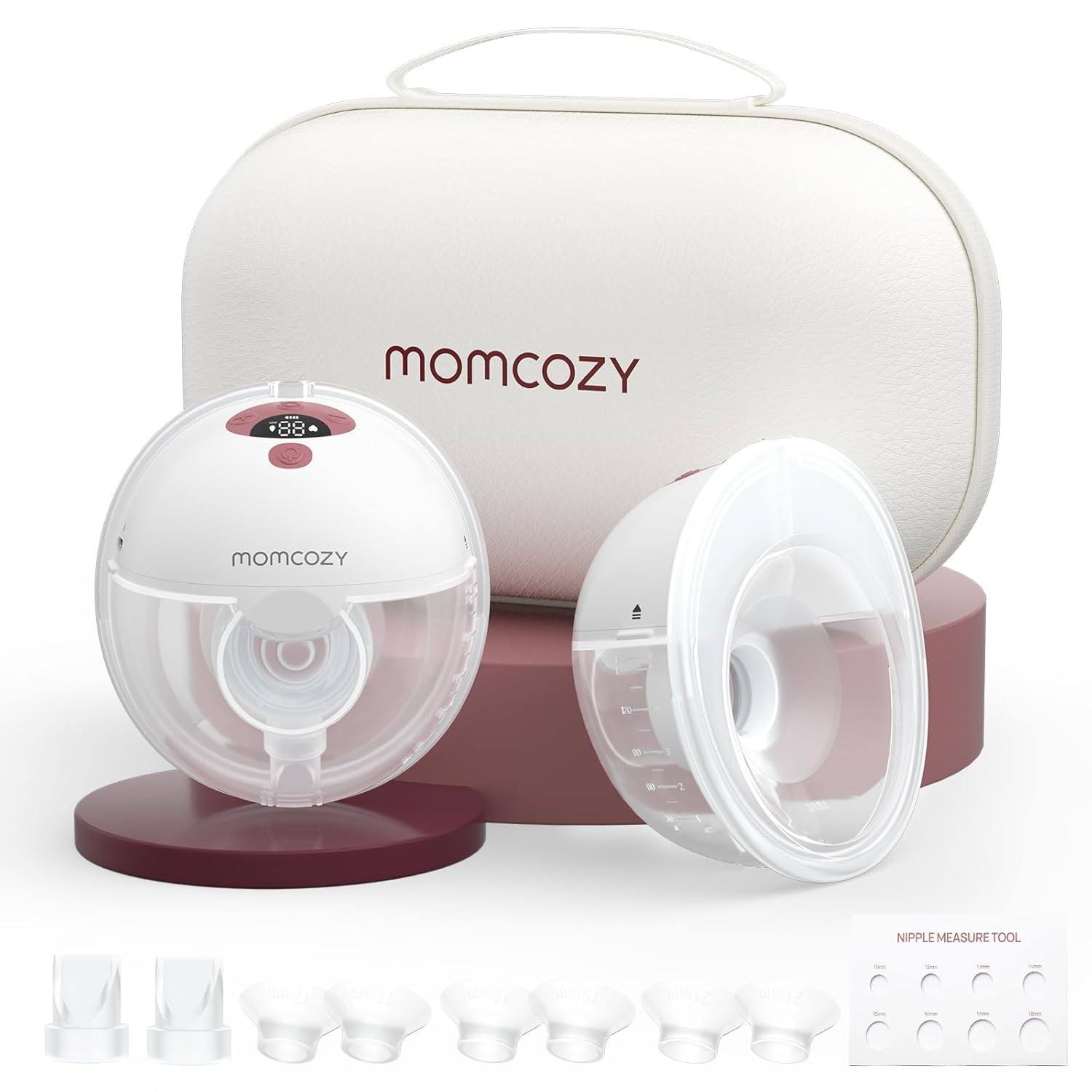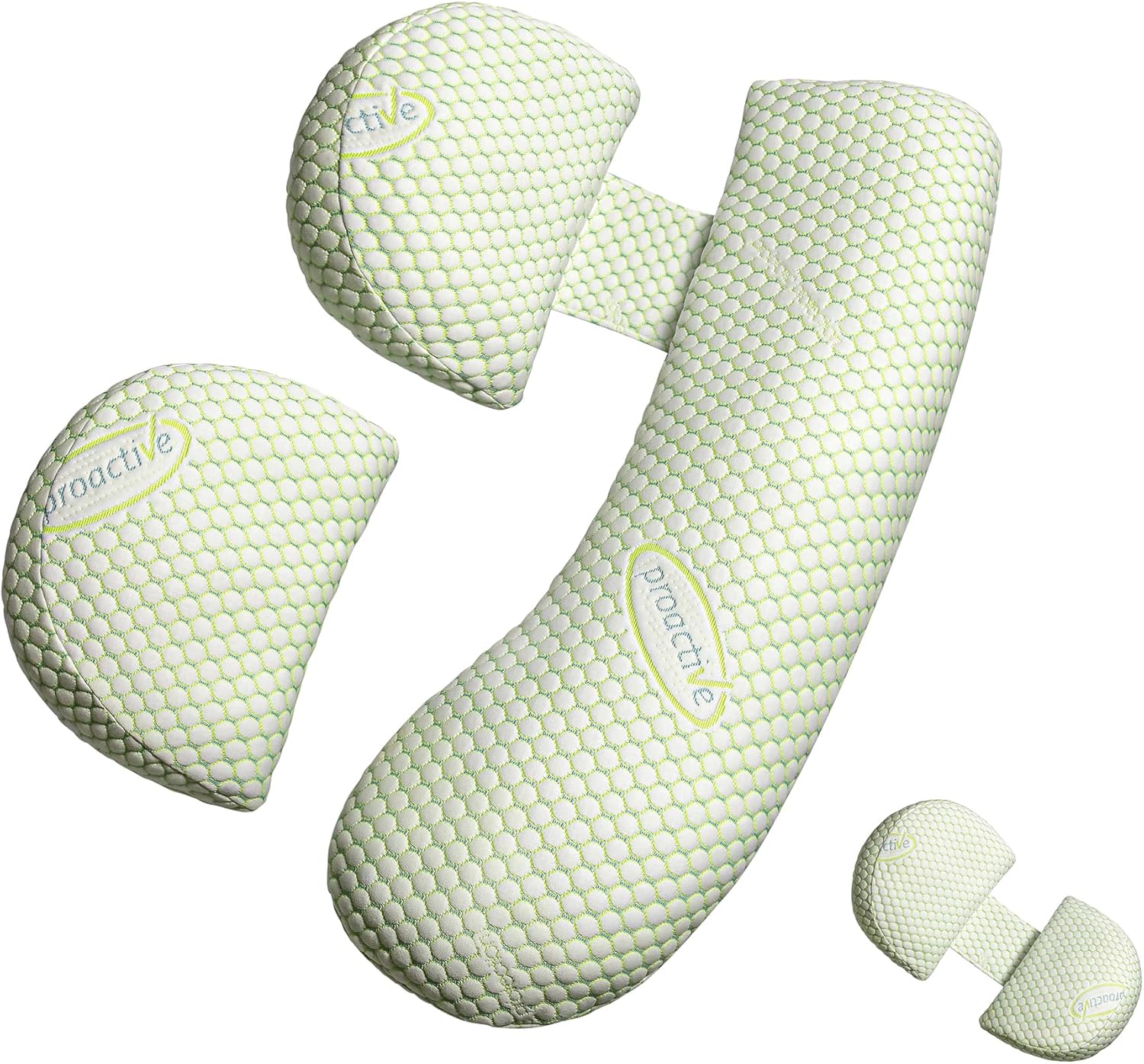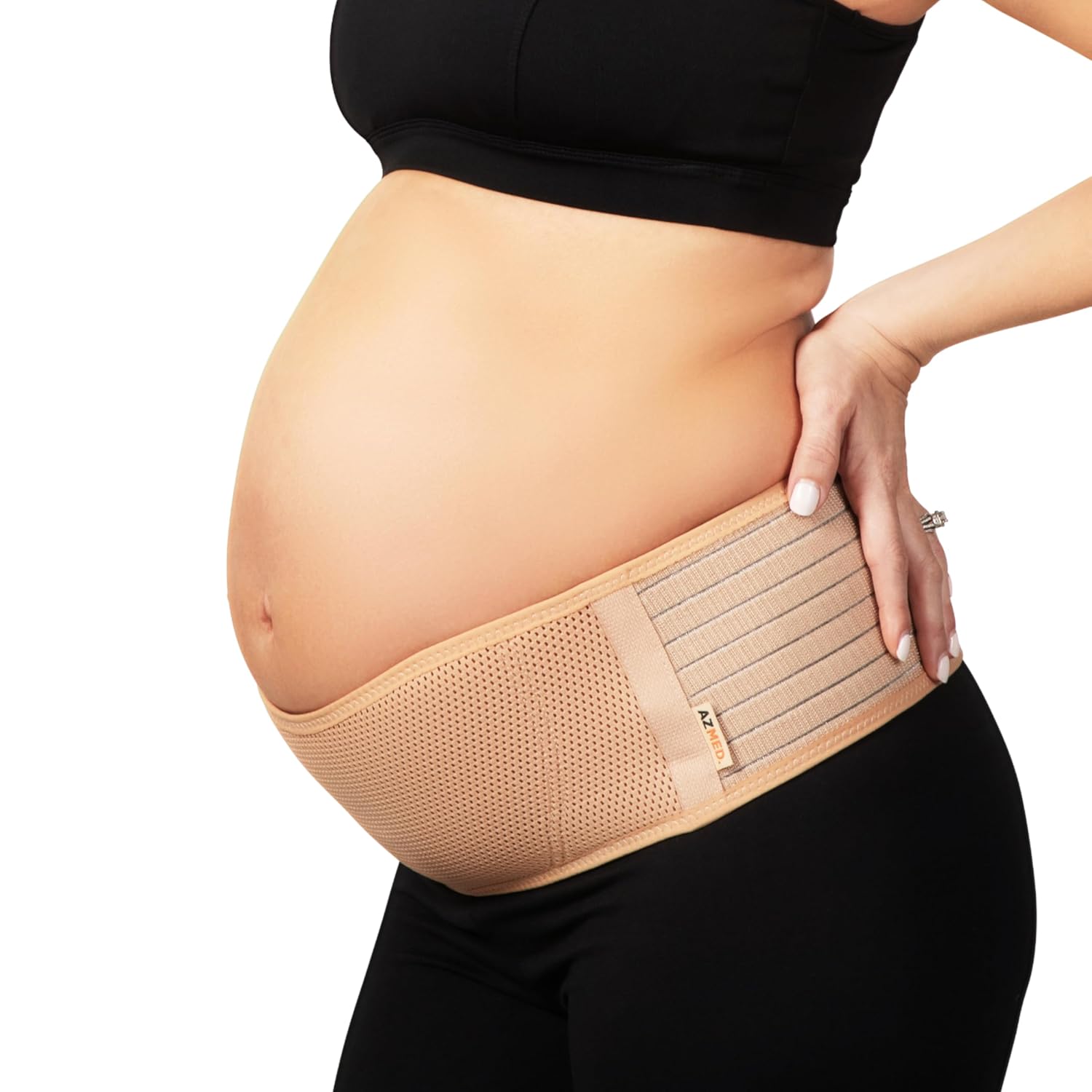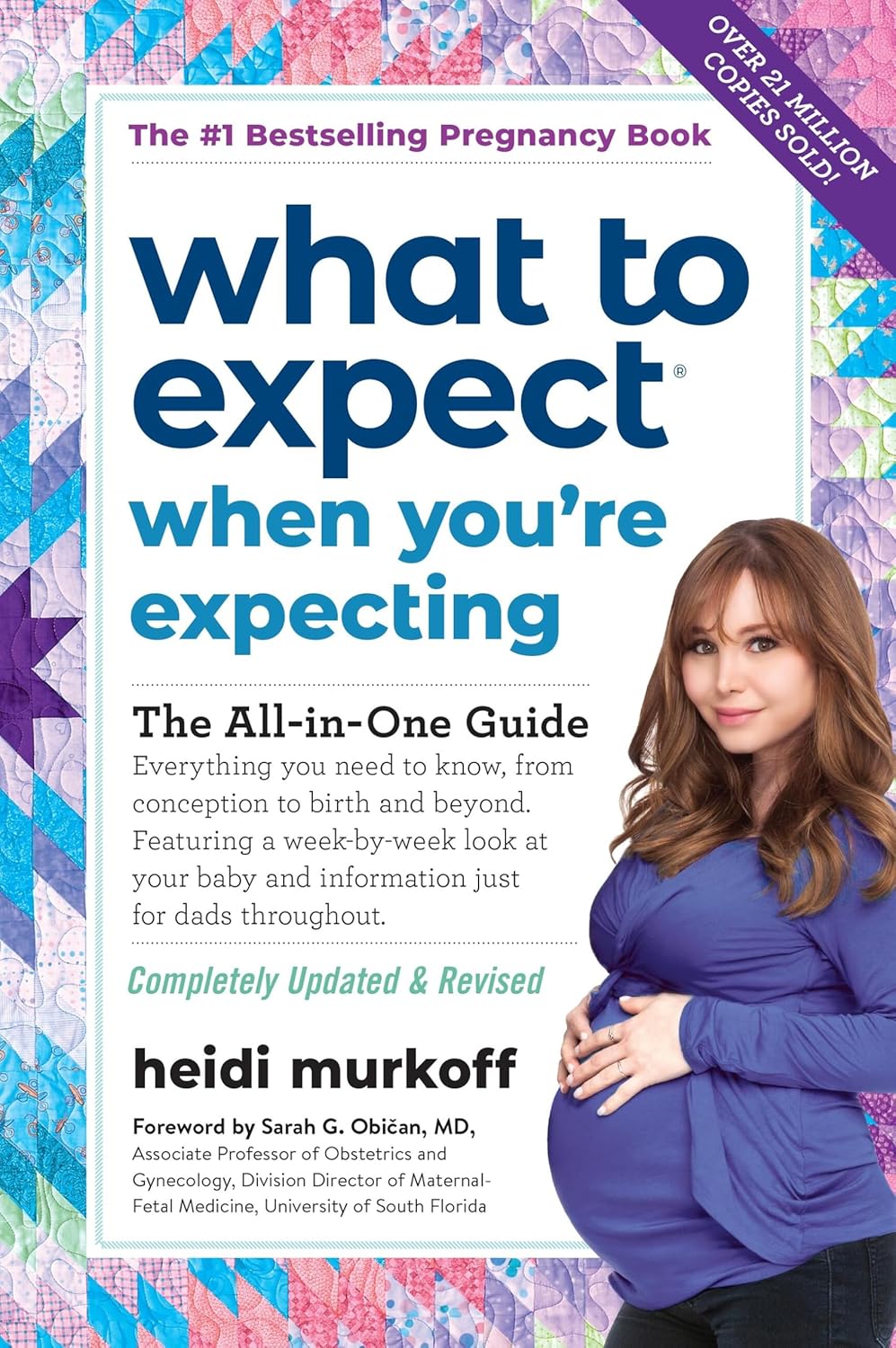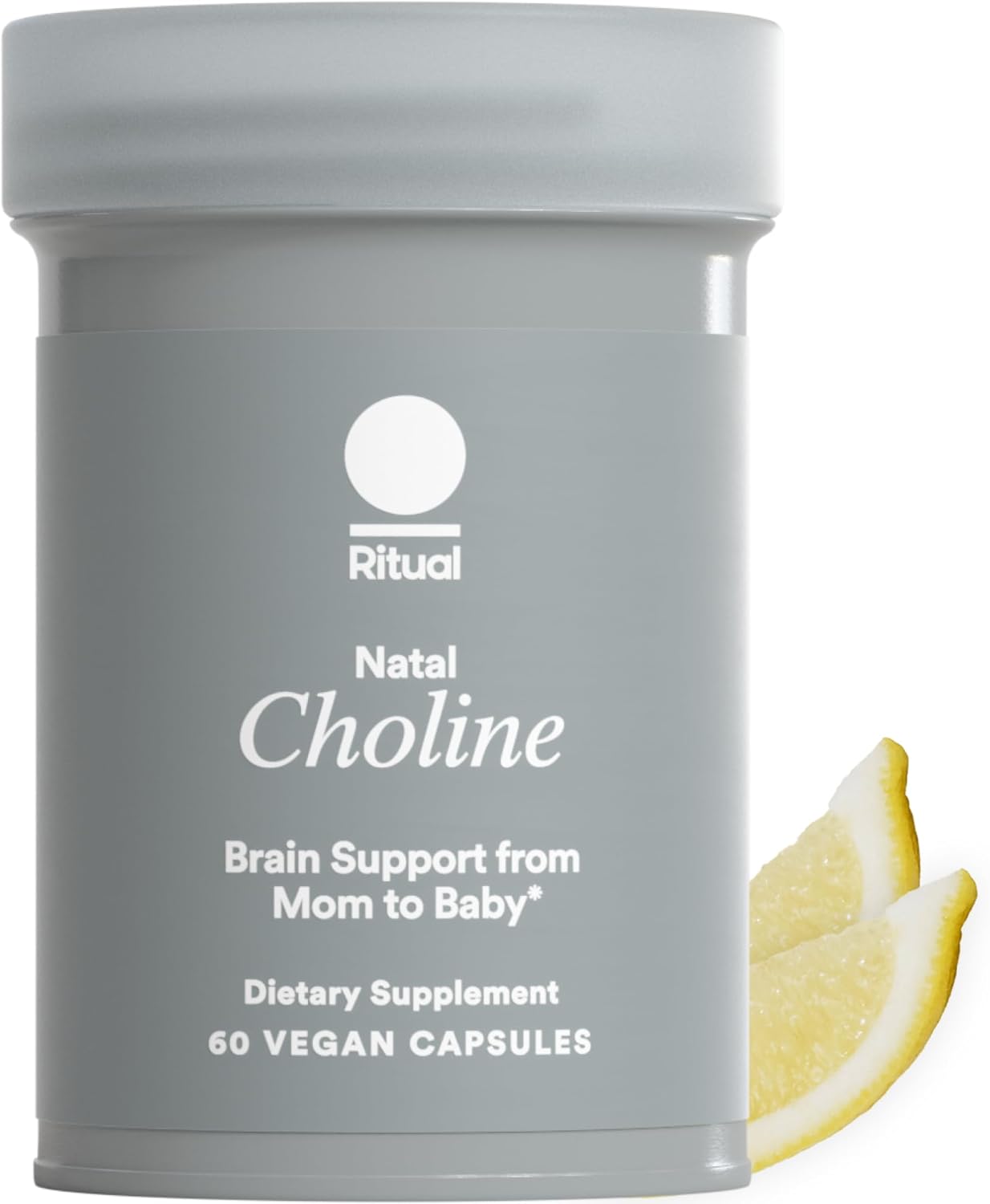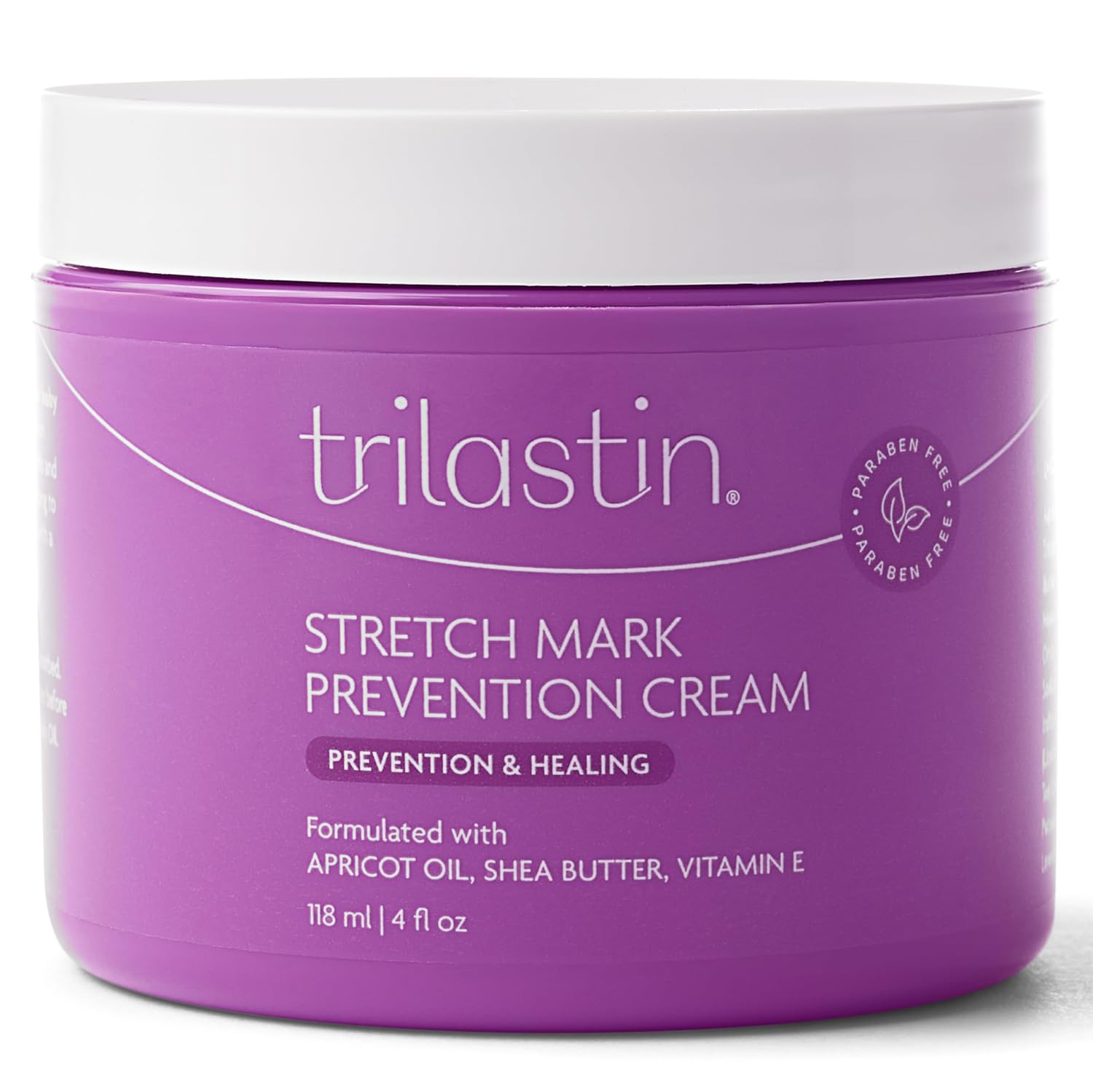
VBAC, which stands for Vaginal Birth After Cesarean, refers to the process of giving birth vaginally after a previous cesarean delivery. It provides women who have had a C-section with the opportunity to experience a natural childbirth. Strengthening the uterus is crucial for women planning a VBAC, as a strong uterus improves the chances of a successful vaginal delivery. In this article, we will explore various methods on how to strengthen uterus for VBAC and increase the likelihood of a positive birth experience.
What is The Importance of a Strong Uterus?
A strong uterus is essential for an effective and successful VBAC. The uterine muscles need to contract and push the baby through the birth canal during labor. Strengthening the uterus helps improve its ability to contract efficiently, reducing the risk of complications and increasing the chances of a successful vaginal birth.
How to strengthen Uterus for VBAC?
Diet and Nutrition for Uterine Strength
Essential Nutrients for Uterine Health
Proper nutrition plays a vital role in strengthening the uterus. Here are some essential nutrients that promote uterine health:
- Iron: Iron-rich foods such as spinach, lean meats, and legumes help in the production of healthy red blood cells, ensuring optimal oxygen supply to the uterus.
- Vitamin C: Foods rich in vitamin C, like oranges, strawberries, and bell peppers, aid in collagen production, which is crucial for maintaining uterine strength.
- Omega-3 Fatty Acids: Found in fatty fish like salmon and sardines, omega-3 fatty acids reduce inflammation and promote uterine health.
Foods to Incorporate in Your Diet
- Leafy greens: Spinach, kale, and broccoli are rich in iron and other essential nutrients that support uterine health.
- Berries: Blueberries, raspberries, and blackberries are packed with antioxidants and vitamin C, which are beneficial for uterine strength.
- Whole grains: Opt for whole grain bread, brown rice, and oats, as they provide essential nutrients and fiber for overall uterine health.
- Lean proteins: Include lean meats, poultry, fish, and plant-based protein sources like beans and lentils for a healthy uterus.
Exercise for Uterine Strength
Regular exercise not only keeps your body fit but also helps strengthen your uterus. Consider the following exercises to support uterine strength:
Pelvic Floor Exercises
Performing pelvic floor exercises, commonly known as Kegels, can help improve the strength and flexibility of the uterine muscles. These exercises involve contracting and releasing the muscles of the pelvic floor, which supports the uterus. Kegels can be done discreetly at any time and are particularly beneficial during and after pregnancy.
Yoga and Pilates
Yoga and Pilates are excellent forms of exercise to strengthen the uterus and improve overall flexibility and muscle tone. These practices focus on controlled movements and deep breathing, promoting relaxation and reducing stress, which can positively impact uterine health.
Walking and Cardiovascular Exercises
Engaging in regular cardiovascular exercises, such as brisk walking, swimming, or cycling, can improve blood circulation and promote uterine health. These exercises also help maintain a healthy weight, which is beneficial for overall uterine strength.
Natural Remedies and Herbs
Certain herbs and natural remedies have been traditionally used to support uterine health. However, it is essential to consult with your healthcare provider before using any herbal supplements, especially during pregnancy. Some herbs that are believed to strengthen the uterus include:
Red Raspberry Leaf
Red raspberry leaf is a popular herb known for its potential benefits in toning the uterus. It is commonly consumed in the form of tea and is believed to strengthen uterine muscles, preparing them for labor.
Dong Quai
Dong Quai, also known as “female ginseng,” has been used in traditional Chinese medicine for centuries to promote uterine health. It is believed to support hormone balance and strengthen the uterus.
Evening Primrose Oil
Evening primrose oil contains gamma-linolenic acid (GLA), an omega-6 fatty acid that may help improve uterine function and promote cervical ripening. It is often used in the last weeks of pregnancy to prepare the body for labor.
Stress Management and Relaxation Techniques
Stress and anxiety can negatively impact uterine health. Incorporating stress management and relaxation techniques into your routine can contribute to a healthy uterus. Consider the following practices:
Deep Breathing Exercises
Deep breathing exercises, such as diaphragmatic breathing, help reduce stress and promote relaxation. By practicing deep, slow breaths, you can calm your mind and promote optimal blood flow to the uterus.
Meditation and Mindfulness
Meditation and mindfulness techniques can help reduce stress and improve overall mental well-being. Regular practice can have a positive impact on uterine health by reducing the release of stress hormones and promoting hormonal balance.
Prenatal Massage
Prenatal massage is a safe and effective way to relax the body, relieve tension, and reduce stress. The gentle, targeted techniques used in prenatal massage can help improve blood circulation to the uterus and promote a healthy uterine environment.
Maintaining a Healthy Weight
Maintaining a healthy weight is crucial for uterine strength. Excess weight can put added stress on the uterus and increase the risk of complications. On the other hand, being underweight may affect hormone levels and overall uterine health. Strive to achieve a healthy weight through a balanced diet and regular exercise.
What are the Benefits and Risks of VBAC?
Here are the benefits and risks of VBAC:
Benefits
- No need for surgery, which means a shorter recovery time than after having a c-section.
- Less blood loss.
- Lower risk of infection and other complications, like problems with the placenta called placenta previa and placenta accreta.
VBAC also allows women to experience vaginal childbirth, which some women may prefer. For women planning to have more children, VBAC may help them avoid certain health problems linked to multiple cesarean deliveries, such as bowel or bladder injury, hysterectomy, and problems with the placenta in future pregnancies.
Risks
- The most common VBAC risk is the need for a C-section, which sometimes must be done on an emergency basis, especially if labor stops progressing.
- Labor induction with intravenous medication, like Pitocin, increases the risk that you’ll need another C-section.
- VBAC, compared to vaginal birth without a history of Caesarean section, confers an increased risk for placenta previa, placenta accreta, prolonged labor, antepartum hemorrhage, uterine rupture, preterm birth, low birth weight, and stillbirth.
- Some risks may be due to confounding factors related to the indication for the first cesarean, rather than due to the procedure itself.
- Serious VBAC complications may include uterine rupture, severe bleeding, infection, and blood clots. These complications are very rare.
According to the American College of Obstetricians and Gynecologists (ACOG), it is safest to attempt a VBAC in a hospital that is equipped to deal with a potential emergency. If you are hoping to have a VBAC, discuss your options with your healthcare provider as early in your pregnancy as possible.
What is the Success Rate of VBAC?
The success rate of VBACs is between 60 to 80 percent. However, the success rate may vary depending on several factors, including the reason for the previous cesarean delivery, the type of uterine incision, the length of time since the previous delivery, and the presence of any obstetric problems such as placenta previa or fibroids that could make vaginal delivery risky.
Your chance of successful VBAC improves significantly if you’ve had at least one vaginal birth before your cesarean, it’s been over 18 months since your c-section, and if you have no obstetric problems such as placenta previa or fibroids that could make vaginal delivery risky. However, your chance of VBAC success may be lower if you are over 34 years old, you are overweight, your baby is large, and if you go over 40 weeks.
According to the American College of Obstetricians and Gynecologists (ACOG), VBAC is a reasonable and safe choice for the majority of women with prior cesarean, and there is emerging evidence of serious harms relating to multiple cesareans. However, VBAC isn’t safe for all women, and it’s important to discuss VBAC and TOLAC (trial of labor after cesarean delivery) with a healthcare provider early in pregnancy to learn whether these options are appropriate.
What are the Factors that can decrease the success rate of VBAC?
Here are some factors that can decrease the success rate of VBAC:
- Inter-delivery interval <2 years: According to recent studies, inter-delivery interval ≥2 years is a related factor affecting successful VBAC.
- High Body Mass Index (BMI): Greater BMI decreases the predicted probability of successful VBAC.
- Maternal age >40 years: Age decreases the predicted probability of successful VBAC. Risk factors associated with statistically significant decreased likelihood of VBAC were age.
- Neonate weight >4000 g: According to the results of recent studies, neonate weight >4000 g is a related factor affecting successful VBAC.
- Gestational age >40 weeks: According to recent studies, gestational age ≤40 weeks is a related factor affecting successful VBAC.
Other factors that may affect the success rate of VBAC include the reason for the previous cesarean delivery, the type of uterine incision, the length of time since the previous delivery, and the presence of any obstetric problems such as placenta previa or fibroids that could make vaginal delivery risky.
Conclusion
Strengthening the uterus for VBAC is a journey that requires dedication and conscious efforts. By focusing on a healthy lifestyle, including a balanced diet, regular exercise, stress management, and considering natural remedies with caution, you can enhance uterine strength and increase the likelihood of a successful vaginal birth after a previous C-section. Remember to consult with your healthcare provider for personalized guidance and support throughout the process. With determination and proper care, you can pave the way for a positive and empowering birth experience.
Frequently Asked Questions (FAQs)
Can I strengthen my uterus after a C-section?
Yes, it is possible to strengthen your uterus after a C-section. Adopting a healthy lifestyle, including a nutritious diet, regular exercise, and stress management techniques, can help improve uterine strength and increase the chances of a successful VBAC.
How long does it take to strengthen the uterus?
The time required to strengthen the uterus varies for each individual. It depends on various factors, including your current uterine health, lifestyle choices, and consistency in following a healthy routine. It is advisable to consult with your healthcare provider for personalized guidance and to monitor your progress.
Are there any risks associated with VBAC?
While VBAC is generally considered safe, there are certain risks involved. The most significant concern is the possibility of uterine rupture, where the scar from a previous C-section tears during labor. However, the risk is relatively low and can be mitigated by carefully monitoring the progress of labor and having an experienced healthcare provider present during delivery.
Can I use herbs and natural remedies during pregnancy?
It is essential to exercise caution when using herbs and natural remedies during pregnancy. While some herbs, like red raspberry leaf, are considered safe and beneficial for uterine health, others may have adverse effects or interact with medications. Always consult with your healthcare provider before incorporating any herbal supplements into your routine.
Can a weak uterus affect fertility?
A weak uterus can potentially affect fertility, as it may have difficulty sustaining a pregnancy or experiencing successful implantation. However, it is important to note that various factors contribute to fertility issues, and a weak uterus is just one aspect. If you are experiencing challenges with fertility, it is advisable to consult with a fertility specialist who can assess and address the specific factors affecting your ability to conceive.













